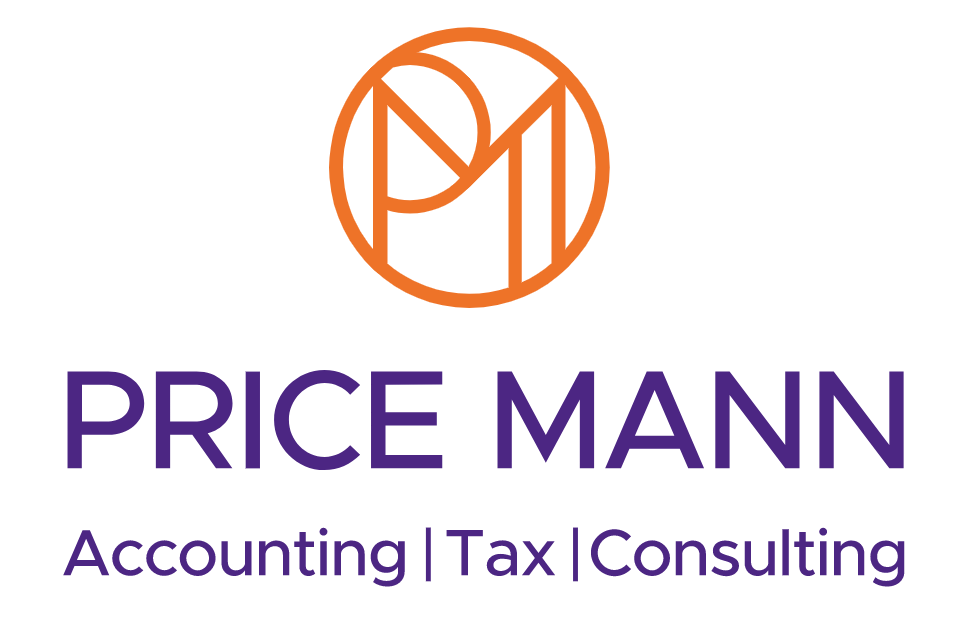HMRC updates MTD guidance
HMRC updates MTD guidance
MTD non-compliance penalties also published.
After much anticipation from accountancy bodies and businesses, HMRC has finally updated its guidance on Making Tax Digital (MTD), filling in several blanks.
HMRC updated some of its informational pages on GOV.UK in late August, including fresh information on how to meet the requirements for MTD for income tax self-assessment (ITSA) and how to sign up for the scheme.
The new guidance follows a prolonged silence from HMRC and comes ahead of the commencement for MTD ITSA in April 2024.
What is MTD?
MTD is the Government’s policy to digitise the UK tax system in an attempt to simplify the process for taxpayers and improve their experience.
It also stems from the fact that the Treasury believes it lost £8.5 billion between 2018 and 2019 due to avoidable mistakes from taxpayers – mistakes that the Government believes technology and technological knowledge could have prevented.
The scheme first burst onto the scene in April 2019, applying to VAT-registered businesses above the £85,000 threshold at which registering for VAT is mandatory. Every VAT-registered business was expected to comply from 1 April 2022 onwards.
The scheme requires eligible businesses to keep records in software that can connect to HMRC to file the VAT return.
After the scheduled introduction of MTD ITSA in 2024, you can expect MTD for corporation tax to follow by 2026 at the very earliest.
Qualifying income
MTD ITSA must be complied with if an individual or sole trader has ‘qualifying income’ above £10,000 a year.
All of the following is considered as qualifying income:
● rents received from UK or overseas property (there is no deferral for landlords)
● self-employed sales from UK or overseas businesses
● income-based carried interest
● disguised investment management fees
● property or trading income received by a trust, which is taxed on the beneficiary.
However, there were some types of income that HMRC had omitted from this information, which it has now clarified.
First, non-domiciled individuals should know they do not need to include their foreign income in the threshold calculation or follow the MTD requirements for that foreign income.
HMRC also confirmed that income from a partnership is not included unless the income is in the form of “disguised investment management fees or income-based carried interest”.
The Revenue will use this approach until partnerships are fully mandated into MTD ITSA, which will be from April 2025 – from that point onwards, you can expect HMRC to view partnership income as qualifying income.
Please note, taxpayers with qualifying income above £10,000 but below the allowance for income tax will have to comply with MTD rules, even when there’s no tax to pay.
Exemptions from MTD ITSA
HMRC has confirmed all the following categories of taxpayers will not have to worry about the MTD ITSA reporting regime:
● Lloyds members, but only in respect of their underwriting businesses
● non-resident companies (these don’t pay income tax anyway as their property income is now subject to corporation tax)
● estates of deceased persons
● trusts
● trustees of non-registered pension schemes.
Charities are not automatically exempt from MTD ITSA. Instead, this will depend on their trading structure.
Authorise your agent to meet the requirements
HMRC has also updated its guidance to give clarification on the role of agents – such as accountants – in MTD ITSA.
Taxpayers can authorise HMRC to exchange data with their agent for any MTD service, the Revenue has confirmed.
Once authorised, your agent can:
● sign up your business
● use software to create and store digital records on your behalf
● use software to view, edit and send your data to HMRC.
Taxpayers who have previously authorised an agent to act on their behalf will not need to reauthorise them for MTD ITSA.
An agent may not have access to all your source data, however. If an agent cannot make corrections to your digital records, they will need to tell you about any corrections needed, according to HMRC.
Check if you can voluntarily sign up now
HMRC is currently running an MTD ITSA pilot programme to investigate the efficacy of the proposed new system and highlight any flaws. Unfortunately, however, relatively few businesses and individuals have signed up – perhaps partly because they did not realise they were eligible. HMRC has now published full details of who can and cannot sign up for the MTD ITSA pilot.
Taxpayers can voluntarily sign up now if they are a UK resident, are registered for self-assessment and their accounting period aligns with the tax year – for example 6 April 2021 to 5 April 2022.
Volunteers must also have submitted at least one self-assessment tax return, keep digital records of the income and expenditure, and be up to date with their tax records (have no outstanding tax liabilities, for example).
Lastly, one or more of the following must have been included in a taxpayer’s last return:
● existing self-employment income
● a UK or foreign property source.
You cannot sign up yet if you need to report income from other sources, have a payment arrangement or have an income tax charge – for example, high income child benefit charges or certain pension tax charges.
You must also have an up-to-date address with HMRC, cannot join if you are a partner in a partnership, are currently or going to be bankrupt or are a Minister of religion.
Lloyds underwriters and foster carers are also not allowed to join.
If you have a third capacity, you are likewise unable to sign up right now, including:
● trusted helpers
● insolvency practitioners
● nominees
● solicitors.
MTD penalties confirmed
HMRC also announced in mid-August how penalties for non-compliance with MTD will work, which will kick in from 1 November 2022 for VAT.
Anyone who files a VAT return through a non-electronic submission, contrary to MTD mandates, will face penalties of up to £400.
What we don’t know
The recently published guidance from HMRC on MTD is welcome, but it still needs to provide details on certain procedures.
HMRC has not yet published information on how to apply for exemption, or when we can expect such information.
Furthermore, taxpayers do not yet know how they can elect to use the calendar quarter as the period to report, rather than the tax year quarters ending (5 April, 5 July, 5 October, 5 January), which is how HMRC wants businesses to do things.
We will be keeping an eye on all developments and let you know of what we learn as soon as possible.













